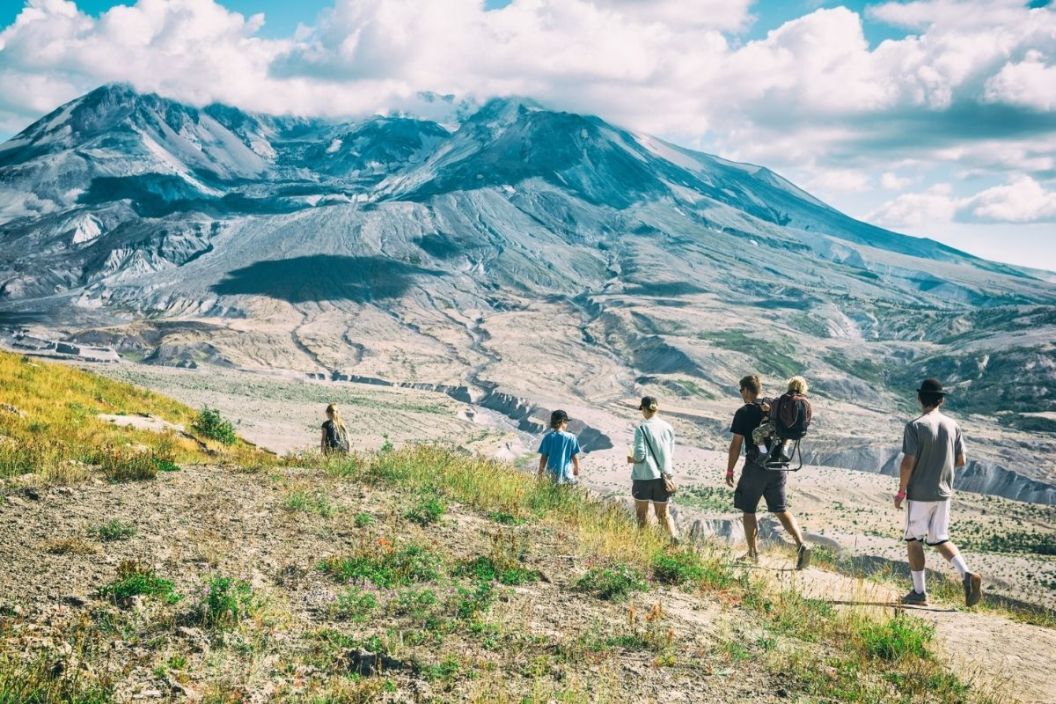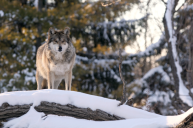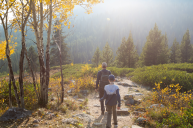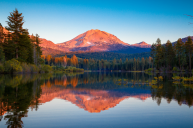Situated in the Gifford Pinchot National Forest, Mount St. Helens National Volcanic Monument occupies a strange space for official classifications. Unlike Mount Rainier to the north, the U.S. Forest Service oversees what would be considered as the Mt St Helens National Park. But it isn't actually a state or national park, even though it's treated like one.
Although Washington state hosts the Mount St. Helens Visitor Center at Silver Lake, some famous attractions like the Johnston Ridge Observatory are run by the feds. In contrast, others associated bodies like the monument's Science and Learning Center and the Mount St. Helens Institute are extensions of nonprofit institutions.
But you're not here to read about tedious outdoor bureaucracy! You're here because you want to get better acquainted with backcountry pumice plains and lava canyons. We're here to help you with just that. Whether you're planning a day trip from big cities like Portland and Seattle or plotting a round trip from some other corner of North America, we hope the following guide gets you to the lava flows faster!
Mt. St. Helens Entrance Fee
All U.S. Forest Service areas require a $ 5-day pass for entrance and parking. Those that grant access to Mt. St. Helens also work in all other Oregon and Washington national forests for 24 hours. If you plan on dipping into national forests often, you might consider purchasing an annual recreation pass for $30.
Things to Do at Mount St. Helens
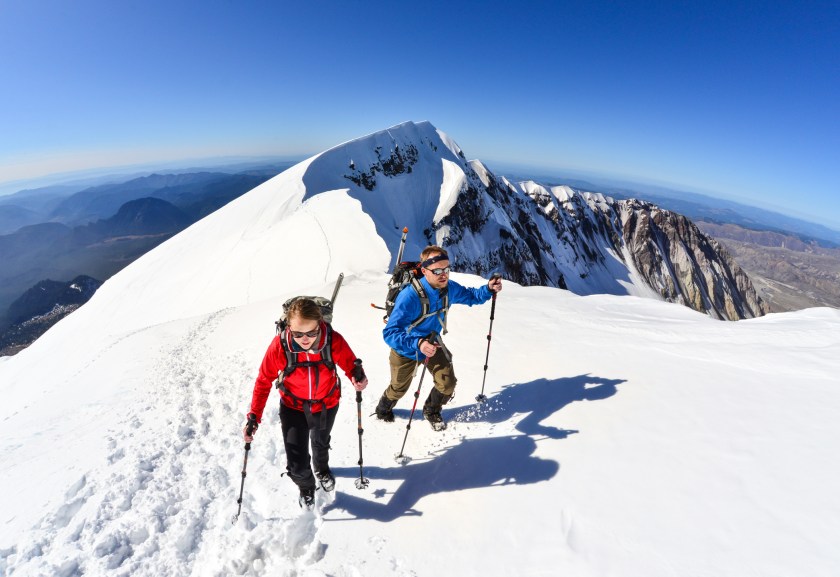
thinair28 via Getty Images
There are many things to do at Mt. St. Helens, from the usual suspects like hiking and boating to more niche activities such as paragliding and metal detecting. The best way to explore the region is in sections. There are several independent routes in and out of the monument, leading visitors to one of its distinct ecosystems. The Forest Service divides the memorial up in the following way, and their website is the best place to get more information:
West Side
This is the most accessible area to reach if you take the Spirit Lake Highway (504) from Castle Rock, WA, and the I-5. Here you'll find the Johnston Ridge Observatory and the Science and Learning Center, making it a great destination if you're interested in first-time interpretive experiences. The west side of the park has quite a few hiking trails and mountain biking routes, and Coldwater Lake is a great place for picnicking and aquatic recreation.
East Side
The monument's east side grants visitors access to Spirit Lake, the largest body of water on the mountain. This side of St. Helens also offers horseback riding and camping opportunities; the west side doesn't.
South Side
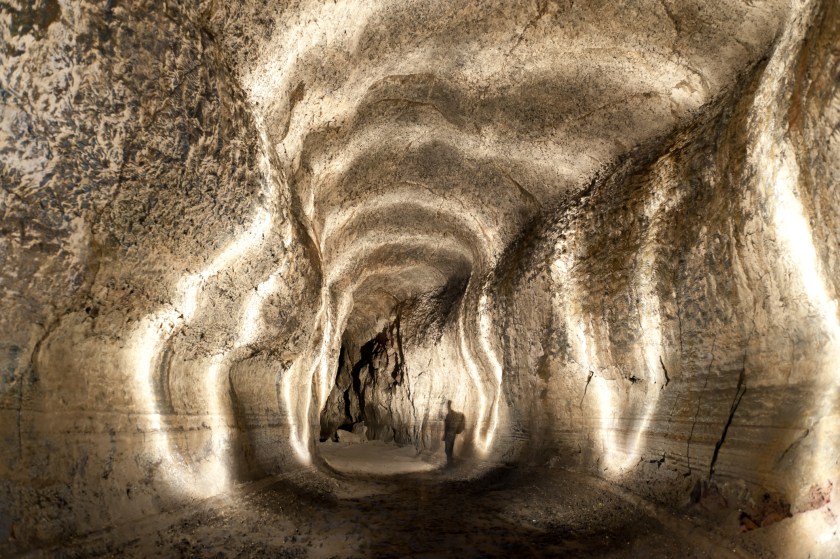
fishysam via Getty Images
Here, hikers will find some of the monument's most popular trailheads like the Ape Cave lava tube and the Climber's Bivouac trail. If you're coming up from Oregon, this side of the mountain is the easiest to reach.
North Side
If you're headed to the Norway Pass Trailhead, this side of the mountain is where you want to be. It also has some of the most amazing views the monument has to offer. Similarly, the mountain's northern slope has seen less volcanic damage and is lush with flora and fauna.
Eruption of Mount St. Helens

kwiktor via Getty Images
The good news is that Mt. St. Helens has only erupted a couple times in the last half-century. According to the USGS, the bad news is those future eruptions are both expected and predicted to be more devastating than the previous two.
But never fear! Folks brave the blast zone daily, and the mountain sends out plenty of signals before blowing its top. Just so, you don't have to worry about it exploding under your feet once you get there.
What's your favorite thing to do on Mt. St. Helens? Give first-timers a lead on our Wide Open Roads Facebook!
